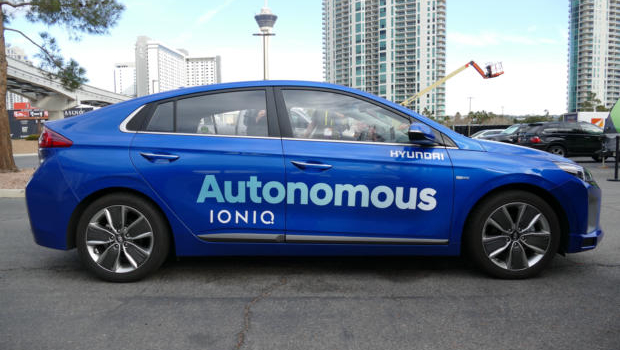Cars are turning into computers with a unique set of requirements. One of the more important components is a camera, which is a secondary feature in PCs. Cameras are aiding mirrors in allowing cars to self park, and they will serve as the eyes for autonomous cars, helping capture and analyse images.
The number of cameras on cars will only grow as drivers seek a better view of the vehicle’s interiors and exteriors. For car makers, the next big goal is to bring context and understanding to those images. Combined with data from radar, lidar, GPS, and other sensors, cameras can help cars and drivers make better decisions.
ARM has come up with a specialised camera chip for cars, with the goal of bringing context to images and improving driver and passenger safety. The Mali-C71 image signal processor will analyse every pixel from cameras onboard a car, and much like a human eye, read the image, and help make driving decisions.
For example, today’s cars are not good at identifying a person in view of the rear cameras when they are parking themselves. ARM’s chip will be able to identify a person and stop the car. That’s just the start – the chip will help identify people crossing the street as well as traffic signals and driving lanes in different lighting conditions.
The chip could also identify weather conditions, possibly with the help of information from GPS. That could help navigate safely through rough road conditions. A camera inside a car could also identify a drowsy driver and issue an alert.
A similar function could be performed by GPUs from companies like Nvidia that are targeting autonomous vehicles. But the ARM-based chips will be more power efficient, while GPUs are considered useful for more futuristic self-driving cars and may draw more power. Today’s cars don’t need full-blown GPUs for tasks like self parking.
The number of cameras in each car could exceed 10 in the coming years, and the reliance on them will only increase as cars go increasingly autonomous. The Mali-C71 supports up to four cameras in real-time. A car could have multiple Mali-C71s, and vehicles with the cameras installed could start appearing as early as next year.
The Mali-C71 is aimed at cars with drivers at the wheel, though it has features that could be used in autonomous cars. It can support images in a 4096×4096-pixel range.
Image signal processors aren’t new and exist on mobile chips even today. But the Mali-C71 is different because of multiple reliability features to ensure pixels are reliably tagged and to ensure there are no data errors. A small error could mean an accident.
The chip includes the features, image quality, and safety elements to be appropriately used in systems including simple backup cameras, multi-camera parking-assist systems, and even fully autonomous vehicles, an ARM spokeswoman said.
It can be used with ARM or other architectures, the spokeswoman said. Chips based on the ARM, x86, Power, and MIPS architectures are all vying for a spot in cars. So are specialized ASICs, real-time chips and FPGAs (field programmable gate arrays).
IDG News Service






Subscribers 0
Fans 0
Followers 0
Followers